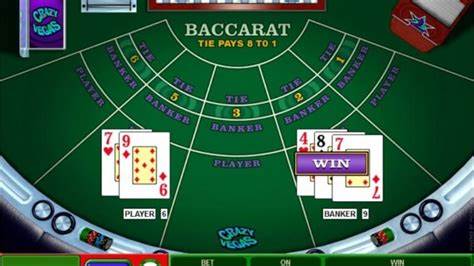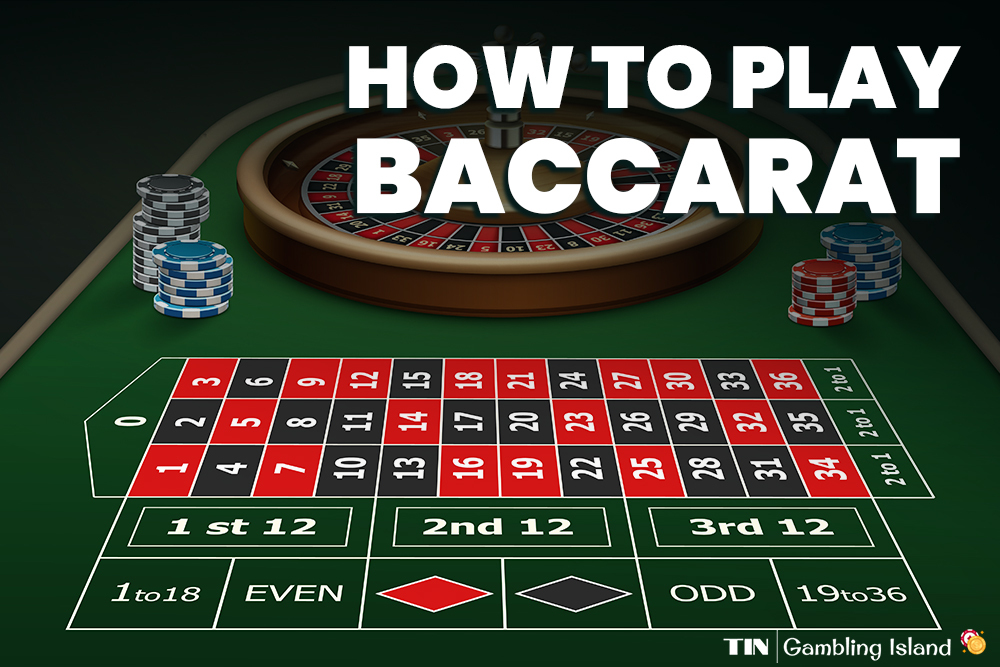Understand the Baccarat Rules for Winning at WinPH
Baccarat, a card game of Italian origin, has evolved into various versions, with Punto Banco being the most prevalent in modern casinos. Understanding the rules of Baccarat is essential for both new and seasoned players aiming to enhance their gaming experience.Wikipedia


Objective of the Game
The primary goal in Baccarat is to bet on the hand—either the "Player" or the "Banker"—that you believe will have a total value closest to nine. Alternatively, players can wager on a "Tie," predicting that both hands will have equal values.Wikipedia
Card Values
In Baccarat, card values are assigned as follows:
Number Cards (2-9): Face value.
10, Jack, Queen, King: Worth zero points.Wikipedia
Ace: Worth one point.Wikipedia
The total value of a hand is calculated by adding the values of its cards. If the sum exceeds nine, only the last digit is considered. For example, a hand consisting of a 7 and a 6 totals 13, but its Baccarat value is 3.Wikipedia
Gameplay Procedure
Dealing the Cards: Two hands are dealt—one for the Player and one for the Banker. Each hand receives two cards face up.Wikipedia
Natural Win: If either hand totals eight or nine with the initial two cards, it's called a "Natural," and no further cards are drawn.Wikipedia
Drawing a Third Card: If neither hand has a Natural, the drawing of a third card may occur based on specific rules:Wikipedia
The Banker's actions depend on their total and whether the Player drew a third card. The rules are more complex and are as follows:
Banker Total Player's Third Card Banker's Action 0-2 Any Draw 3 8 Stand 4 2-7 Draw 5 4-7 Draw 6 6-7 Draw 7 Any Stand Note: "Draw" means the Banker takes a third card; "Stand" means the Banker does not draw.
If the Player's total is 5 or less, they draw a third card.
If the Player's total is 6 or 7, they stand (do not draw).
Player's Third Card Rule:
Banker's Third Card Rule:
Betting Options
Player Bet: Wagering on the Player's hand to win. This bet typically has a house edge of approximately 1.24%.Wikipedia
Banker Bet: Wagering on the Banker's hand to win. This bet has a slightly lower house edge, around 1.06%, but casinos usually charge a 5% commission on Banker wins, effectively making the house edge about 1.17%.
Tie Bet: Wagering that both hands will have equal values. This bet offers higher payouts, often 8:1 or 9:1, but comes with a significantly higher house edge, around 14.4% for an 8:1 payout.
Winning and Payouts
Player or Banker Win: If the Player's or Banker's hand has a higher value, winning bets are paid even money (1:1).
Tie: If both hands have equal values, Tie bets are paid according to the casino's payout schedule (commonly 8:1 or 9:1), while Player and Banker bets are typically returned.Wikipedia
Variations of Baccarat
While Punto Banco is the most common version, other variations include:Wikipedia
Chemin de Fer: Players take turns acting as the Banker and have the option to draw a third card based on their hand's value.Wikipedia
Baccarat Banque: The Banker position is more permanent, and the game uses three inter-shuffled decks.Wikipedia
Strategy and Tips
Baccarat is primarily a game of chance, and there is no surefire strategy to guarantee wins. However, understanding the rules and betting options can enhance the experience. It's advisable to avoid Tie bets due to their high house edge. Managing your bankroll and setting limits can also contribute to a more enjoyable gaming session.Wikipedia
Conclusion
Baccarat offers a straightforward yet engaging gaming experience, combining elements of chance and strategy. By familiarizing yourself with the rules, card values, and betting options, you can approach the game with confidence and enhance your overall enjoyment.



